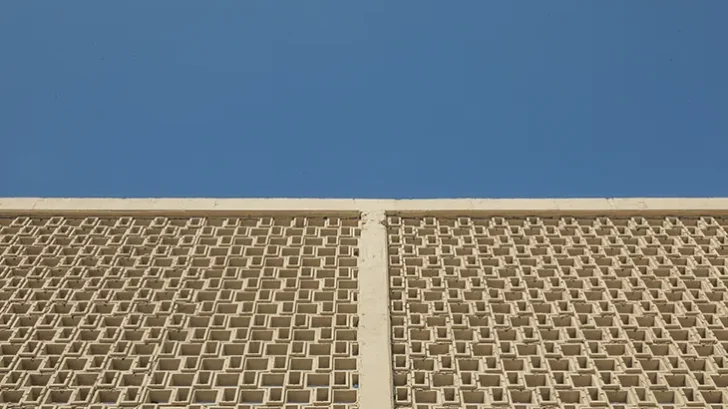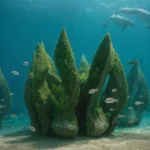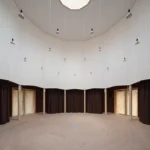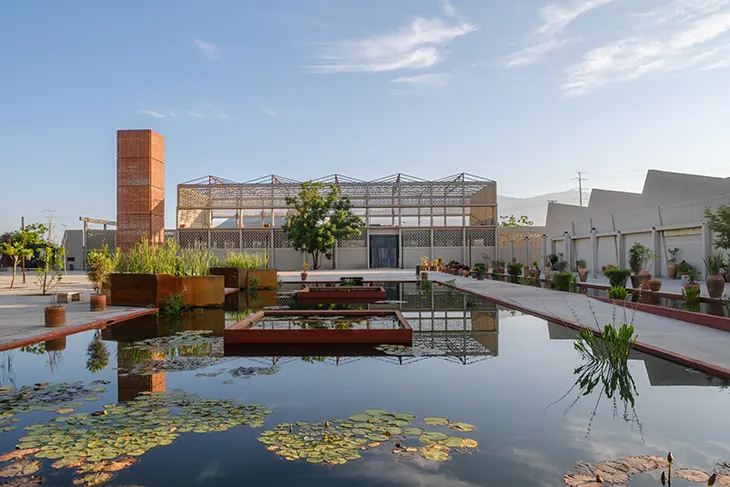
In Oaxaca, Mexico, a disused plywood factory site has been transformed into a vibrant new public space that combines architecture, ecology, and culture. Parque Primavera Oaxaqueña Cho Ndobá, designed by RootStudio in collaboration with LABORA, covers 11.84 hectares and represents one of the most ambitious urban regeneration projects in the region. Its name, meaning “spring” in Mazatec, speaks to the park’s mission of renewal and growth, both for the land and for the surrounding communities.
URBAN PLANNING
At the core of the project is an approach that integrates culture and sustainability into the everyday life of the city. RootStudio and LABORA retained and restored preexisting structures while introducing new interventions built from local, recycled, and repurposed materials such as recovered metal frameworks and wood. This approach grounds the design in the site’s history, while an expansive 85,000 m² ecological edge redefines the city’s profile and connects the park to Oaxaca’s wider public space network.
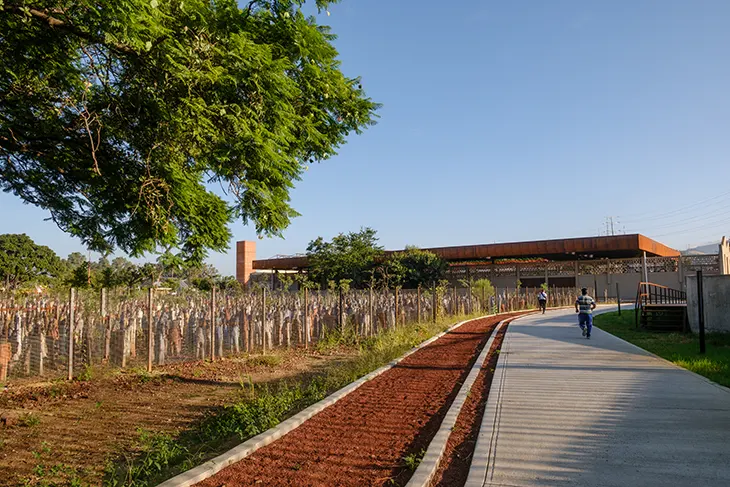
The park’s cultural offering is anchored by the Museum of Corn and the Milpa, which honors Oaxaca’s agricultural heritage and preserves 35 of Mexico’s 53 corn varieties. More than a museum, it serves as a platform for biodiversity education and food sustainability initiatives. Other cultural and recreational spaces include a fairground, an open-air cinema, and the 27,500 m² Central Plaza, designed as a stage for community events, sports, and public gatherings. Together, these spaces extend the park’s function far beyond leisure, making it an active hub of cultural identity and exchange.
Sports and active recreation form another major element of the park. Visitors can access cycling lanes, jogging paths, and courts for soccer, volleyball, and basketball, as well as a skatepark built to professional standards and a climbing wall integrated into the sandpit area. Accessibility has been central to the project, with universally designed paths and inclusive recreational zones ensuring that people with reduced mobility can participate fully. Safety measures, such as illuminated walkways, integrated access points, and community-controlled security, reinforce the park as a welcoming and protective environment.
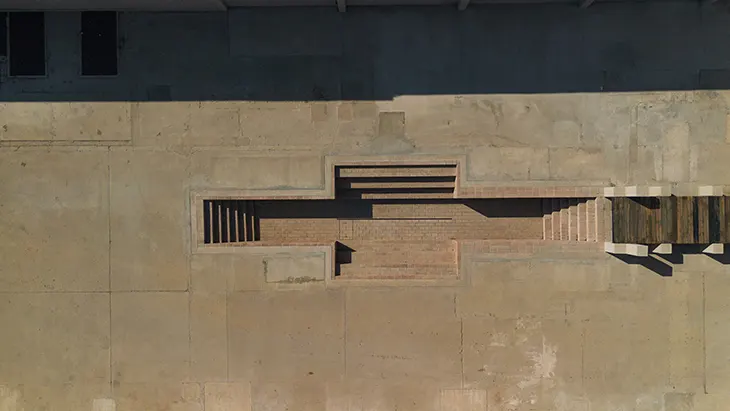
Sustainability strategies have been embedded into the project at every scale. Rainwater harvesting systems, infiltration wells, and a constructed wetland support water purification and management. A nursery and ethnobotanical garden further enhance the ecological profile of the park by conserving native plant species and providing educational opportunities. These spaces connect environmental care with community learning, reinforcing a sense of ownership and responsibility toward the park.
Parque Primavera also functions as an open-air gallery. A perimeter gate designed by Francisco Toledo features a replicated version of his artwork Peces, comprising 796 individual pieces over a thousand linear meters. Alejandro Santiago’s monumental installation 2501 Migrants occupies a prominent place in the park, symbolizing migration and the pursuit of dignity. Under the guidance of Shinzaburo Takeda and Adán Paredes, children from across Oaxaca’s eight regions contributed to a mural of 200 ceramic plates depicting native fauna and flora, bringing intergenerational and regional collaboration into the park’s cultural fabric.

As one of the largest urban infrastructure projects in Oaxaca, Parque Primavera Oaxaqueña Cho Ndobá exemplifies how architecture, landscape design, and community participation can converge to reimagine the function of urban space. RootStudio and LABORA have created a platform for ecological awareness, cultural celebration, and social cohesion. It stands as a renewed lung for the city and a landmark of collective effort, bridging the past with the vision of a sustainable and equitable urban future.
